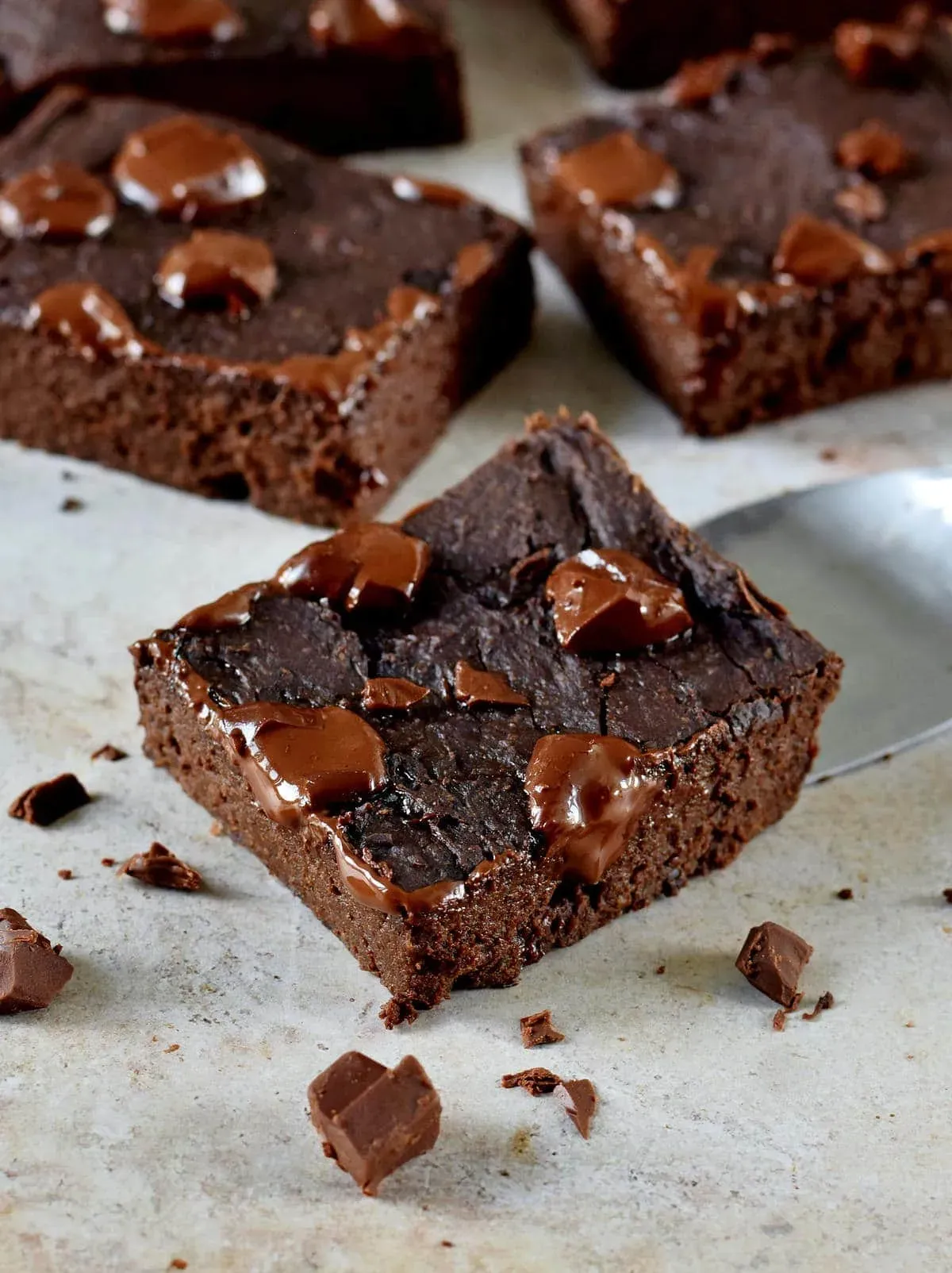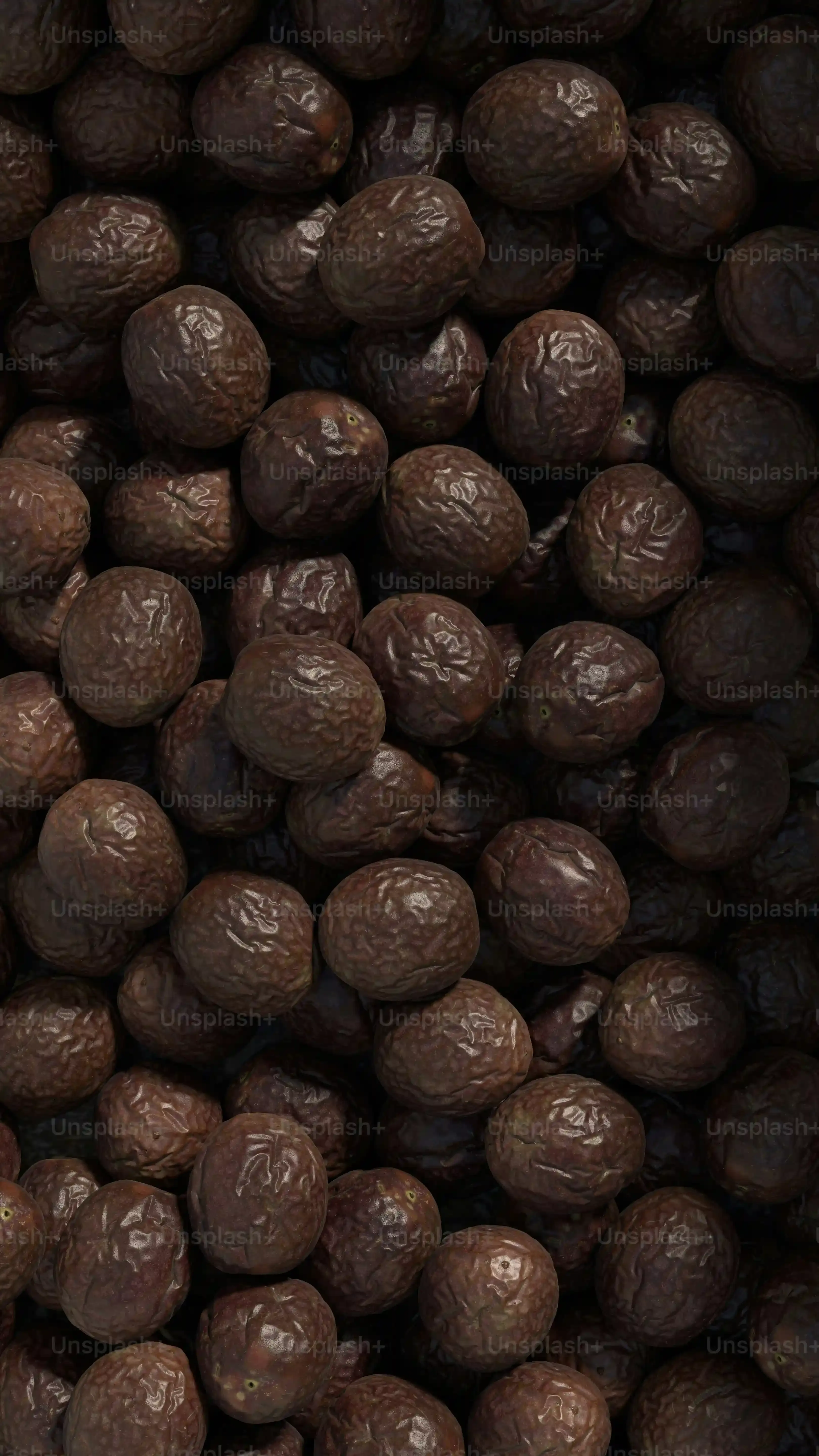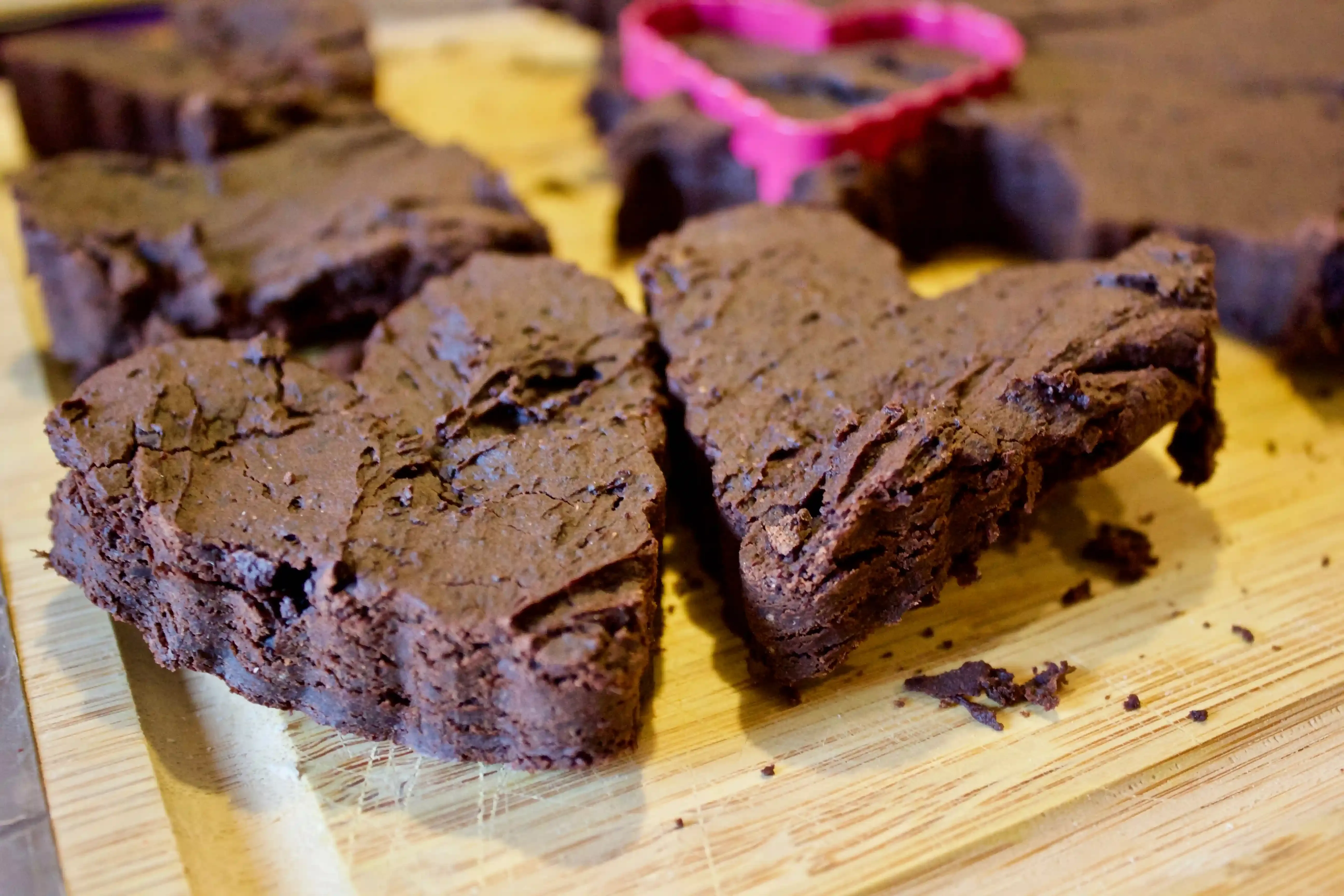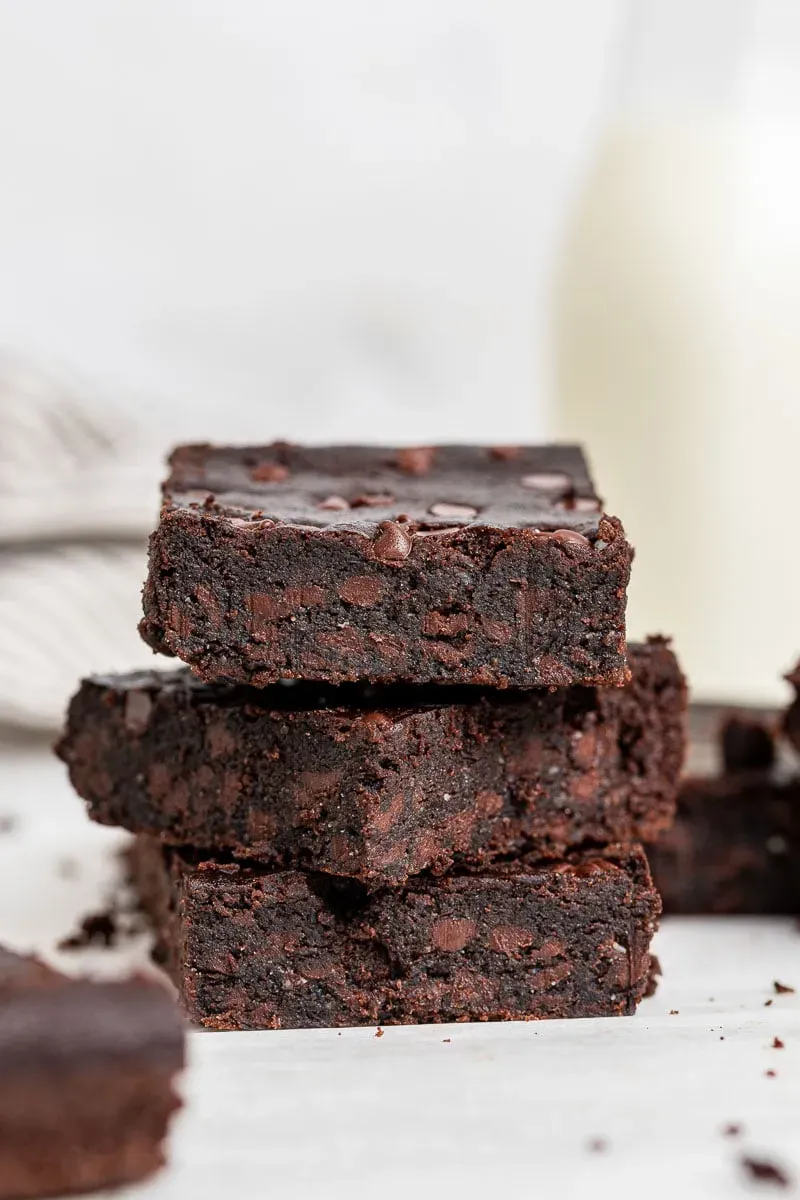Table of Contents
Let's be honest. When you hear "black bean brownies recipe," you probably picture something dry, crumbly, and tasting suspiciously like...well, beans. Most folks do. The idea of sneaking a legume into a dessert feels like a culinary crime against fudginess. For ages, "healthy brownies" meant sacrificing taste and texture on the altar of virtue. But what if I told you I spent over a year wrestling with ingredients, tweaking measurements, and conducting blind taste tests on unsuspecting friends (who, by the way, had no clue beans were involved)? This wasn't just about making a brownie with black beans; it was about creating an ultra-fudgy, ridiculously decadent brownie that just *happens* to start with black beans. Forget everything you think you know about healthy baked goods. This black bean brownies recipe is the one that changed minds, including mine. We're going to dive into why this works, how to make them, and maybe, just maybe, convert you into a black bean brownie believer.
Why Black Bean Brownies? Seriously.

Why Black Bean Brownies? Seriously.
Beyond the Bean: The Skepticism is Real
Look, I get it. The idea of a black bean brownies recipe sounds like punishment, right? Like something your well-meaning, slightly-too-granola aunt would force on you. For years, the "healthy dessert" category was a graveyard of dry muffins and flavorless cookies. Brownies, of all things, seem sacred – a domain reserved for butter, sugar, and flour in glorious excess. Introducing a legume feels like sacrilege. My mission wasn't to make a brownie that tasted "healthy." It was to create a brownie that was so good, so fudgy, so intensely chocolatey, that nobody would guess the secret ingredient. The goal was simple: make a black bean brownie that stands toe-to-toe with the traditional kind.
Nutritional Upside Without the Downside
So, why bother wrestling with a black bean brownies recipe in the first place? It's not just about being contrarian. Black beans bring some serious nutritional muscle to the party. We're talking fiber – something traditional brownies are notably lacking. This fiber helps keep you full and slows down sugar absorption. Plus, they allow you to significantly cut back on refined flour and often, added sugar, depending on your sweetener of choice. Think of it as building a stronger foundation for your fudge fixation. It's about getting that rich, dense texture while adding something genuinely beneficial.
Still not convinced? Consider this:
- Reduced reliance on refined flour.
- A significant boost in dietary fiber.
- Potential for less added sugar depending on the recipe variation.
- A secret ingredient that sparks conversation (and sometimes, disbelief).
The Stealth Health Factor: Fooling Everyone
This is where the fun starts with a solid black bean brownies recipe. My favorite moments are watching someone's face light up after taking a bite and then, *only then*, revealing the main ingredient. The look of shock, followed by another bite, is priceless. This isn't a compromise; it's a clever substitution that delivers on texture – that sought-after, ultra-fudgy chew – and deep chocolate flavor. It's a way to enjoy a classic treat while quietly adding fiber and plant-based goodness. It turns out, beans are surprisingly good at mimicking the dense, moist crumb we crave in a brownie.
Crafting the Perfect Black Bean Brownies Recipe

Crafting the Perfect Black Bean Brownies Recipe
The Alchemy of Beans and Chocolate
So, how exactly do you go from a can of humble black beans to a brownie that makes people question their life choices (in a good way)? It wasn't a one-and-done deal, believe me. Crafting the perfect black bean brownies recipe took patience, a lot of questionable batches, and a willingness to embrace failure. The key lies in the texture the beans provide when blended properly – they create a dense, moist base without adding the usual suspects like excessive oil or butter. Getting the ratio of beans to cocoa, sweetener, and leavening just right is crucial. Too many beans, and you get bean paste disguised as dessert. Too little, and you lose the magic. The goal is to pulverize those beans until they are utterly undetectable, creating a smooth canvas for the rich chocolate flavor.
- The right bean consistency is non-negotiable.
- Balancing cocoa and sweetener prevents a "beany" aftertaste.
- Proper leavening ensures a lift without dryness.
- Using good quality chocolate or cocoa powder makes a difference.
Tips and Tricks for Your Black Bean Brownies

Tips and Tricks for Your Black Bean Brownies
Blending Beans to Brownie Bliss
you've got your drained and rinsed black beans. Don't just mash them with a fork and call it a day. This is where the magic happens, or where it all falls apart, frankly. You need a food processor or a high-powered blender. Blend those beans until they are absolutely smooth. We're talking no speckles, no lumps, just a creamy, uniform paste. Any rogue bean chunks will instantly give away your secret and ruin that fudgy texture we're aiming for. Think of it like making a very thick, dark bean dip – but for dessert. This step is non-negotiable for truly stealthy black bean brownies.
Don't Overbake (It's a Brownie, Not a Brick)
This is perhaps the most common mistake people make with *any* brownie, but it's especially critical with black bean brownies. Because they are so moist, it's easy to think they need more time. They don't. Pull them out when a toothpick inserted into the center comes out with moist crumbs attached, maybe even a little smudgy. If it comes out clean, you've gone too far, and you'll have a dry, albeit healthy, disappointment. The residual heat will continue to cook them as they cool. Embrace the slightly underbaked center; that's where the ultimate fudginess lives. Trust the process, even if it feels wrong.
Here are a few pointers to keep in mind:
- Ensure beans are blended into a completely smooth paste.
- Do NOT overmix the batter once dry ingredients are added.
- Use parchment paper for easy removal and cleanup.
- Check for doneness early – err on the side of underbaking.
- Let the black bean brownies cool completely before cutting for the cleanest slices.
Your Black Bean Brownies Questions Answered

Your Black Bean Brownies Questions Answered
Seriously, Can I Taste the Beans?
Alright, let's get this out of the way because it's the first thing everyone asks about a black bean brownies recipe. "Can I taste the beans?" The short answer is no. Not if you make them correctly. The key, as mentioned earlier, is blending those beans into oblivion. They should be a smooth, creamy paste with zero texture or lumps. The cocoa powder and sweetener are powerful flavor masks, but the smoothness of the bean base is what truly makes them disappear into the fudgy matrix. If you taste beans, you didn't blend enough, or maybe you didn't use enough cocoa. Go back to the blender. Blend harder. Your taste buds will thank you.
How Do I Store These Magical Bean Brownies?
So you've successfully made a batch of black bean brownies that don't taste like health food. Now what? Storage is simple. Because of their moisture content, keeping them in an airtight container in the refrigerator is your best bet for extending their life and maintaining that fudgy texture. They'll easily last 5-7 days in the fridge. If you want to keep them longer, they freeze beautifully. Wrap individual squares tightly in plastic wrap, then place them in a freezer-safe bag or container. They'll keep for up to two months. A quick zap in the microwave (like 10-15 seconds) brings back that warm, just-baked feel.
Need a quick reference for storage?
- Airtight container in the fridge: 5-7 days
- Wrapped and frozen: Up to 2 months
- Reheat from fridge: A few seconds in the microwave
- Reheat from freezer: Thaw first, then microwave briefly
Can I Mess Around with the Ingredients (Substitutions)?
Look, I spent a year perfecting this black bean brownies recipe, but that doesn't mean you can't put your own spin on it. Just be smart about it. For eggs, flax eggs (1 tbsp flax meal + 3 tbsp water per egg, let sit for 5 mins) work great for a vegan version. If you're not using oats, almond flour or a gluten-free flour blend can work, but the texture might change slightly – oats really help with that dense chew. Sweeteners are flexible too; maple syrup, agave, or even a sugar substitute like erythritol or monk fruit can be swapped in, but adjust the amount based on sweetness level and how it affects the batter consistency. Just don't swap the beans for, say, chickpeas, unless you're ready for a completely different (and possibly less successful) experiment.
So, Did You Make the Black Bean Brownies?
Look, I get it if you were skeptical at first. Putting beans in brownies sounds like something a nutritionist cooked up after a few too many kale smoothies. But if you took the plunge and actually tried this black bean brownies recipe, you probably know the secret now. They aren't just "good for being healthy"; they're just plain good brownies. Fudgy, rich, and they don't leave you feeling like you need a nap and a sugar detox afterward. It took a while to get here, but sometimes the weirdest ideas deliver the best results. Now go forth and surprise your friends. Just maybe don't tell them what's in them until after they've devoured half the pan.
